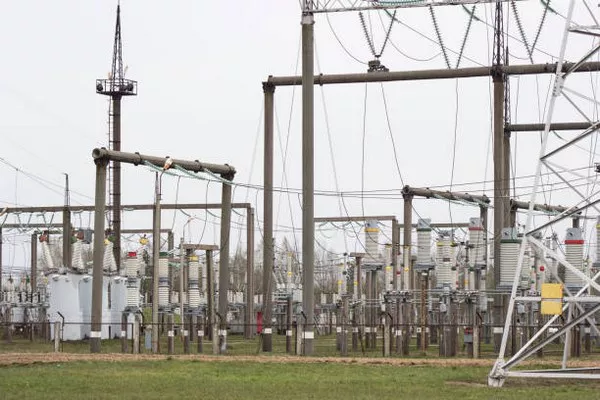In the realm of electrical engineering, transformers play a pivotal role in managing voltage levels to ensure efficient and safe power distribution. Among the various types of transformers, the buck-boost transformer stands out as a versatile and indispensable component. This article explores the fundamentals of buck-boost transformers, their applications, and the critical role they play in maintaining stable voltage levels.
Understanding Buck-Boost Transformers
A buck-boost transformer is a specialized type of transformer designed to provide either a step-up or step-down voltage transformation, depending on the specific requirements of an electrical system. Unlike conventional transformers that are configured solely for either step-up or step-down functions, the buck-boost transformer offers a dual capability, making it an invaluable tool in various applications.
Configuration and Operation
The primary distinction of a buck-boost transformer lies in its winding configuration. It typically consists of two windings – a primary winding and a secondary winding – that can be interconnected in different ways to achieve the desired voltage transformation. By adjusting the connections, the transformer can function as a step-up or step-down transformer.
In a step-up configuration, the primary winding is connected in series with the load, while the secondary winding is connected in parallel, resulting in an increase in voltage. Conversely, in a step-down configuration, the primary winding is connected in parallel with the load, and the secondary winding is connected in series, leading to a decrease in voltage.
Applications of Buck-Boost Transformers
Buck-boost transformers find applications in a wide range of industries and settings due to their flexibility in voltage regulation. Some common applications include:
Industrial Machinery: In industrial environments, where machinery often requires specific voltage levels for optimal performance, buck-boost transformers are employed to ensure that the equipment receives the correct voltage.
Commercial Buildings: In commercial buildings, fluctuations in the electrical grid can impact the performance of sensitive electronic equipment. Buck-boost transformers are utilized to stabilize voltage and protect devices from potential damage.
Renewable Energy Systems: Buck-boost transformers are crucial in renewable energy systems, such as solar and wind installations. These systems often produce variable voltage levels, and buck-boost transformers help normalize the voltage for efficient power distribution.
HVAC Systems: Heating, ventilation, and air conditioning (HVAC) systems often require specific voltage levels to operate optimally. Buck-boost transformers are used to regulate voltage and ensure the reliability of HVAC equipment.
Data Centers: In the data center industry, where uninterrupted power is critical, buck-boost transformers are employed to maintain consistent voltage levels and protect sensitive electronic components.
Benefits of Using Buck-Boost Transformers
The adoption of buck-boost transformers offers several advantages in electrical systems:
Voltage Regulation: Buck-boost transformers provide precise voltage regulation, ensuring that equipment receives the required voltage for optimal performance and longevity.
Versatility: The ability to switch between step-up and step-down configurations makes buck-boost transformers versatile, allowing them to adapt to varying voltage requirements.
Space Efficiency: Buck-boost transformers are compact and space-efficient, making them suitable for installations with limited space constraints.
Cost-Effectiveness: By eliminating the need for separate step-up and step-down transformers, buck-boost transformers can contribute to cost savings in terms of equipment and installation.
Reliability: These transformers enhance the reliability of electrical systems by stabilizing voltage levels, reducing the risk of equipment damage and downtime.
Conclusion
In the dynamic landscape of electrical engineering, buck-boost transformers stand as a testament to innovation and adaptability. Their unique ability to provide both step-up and step-down voltage transformations makes them indispensable in diverse applications, ranging from industrial settings to data centers. As technology continues to evolve, the role of buck-boost transformers in maintaining stable and efficient power distribution will undoubtedly become even more significant. Engineers and professionals in the field must recognize the importance of these transformers and incorporate them judiciously into their designs to ensure the resilience and longevity of electrical systems in the face of ever-changing demands.

